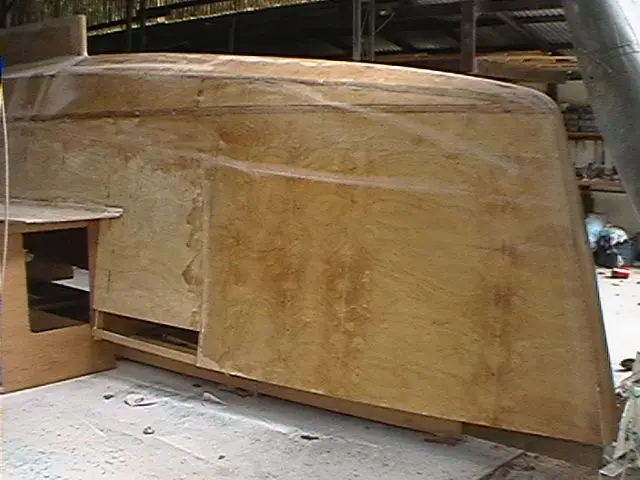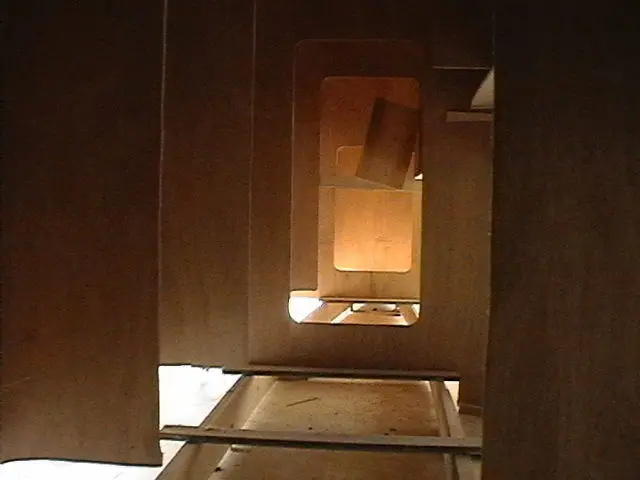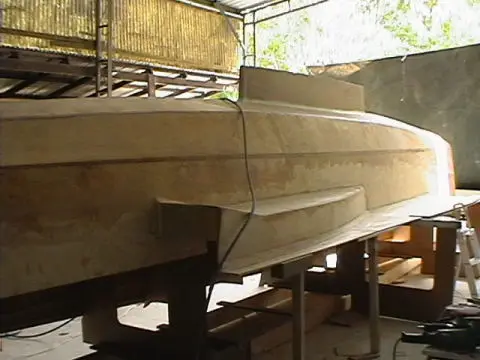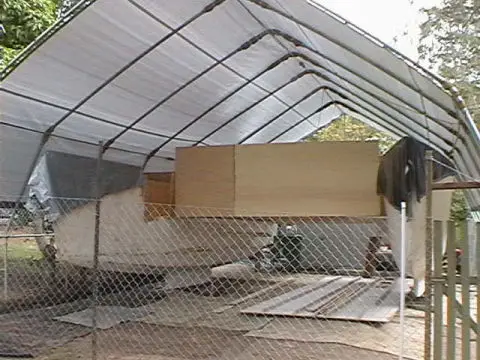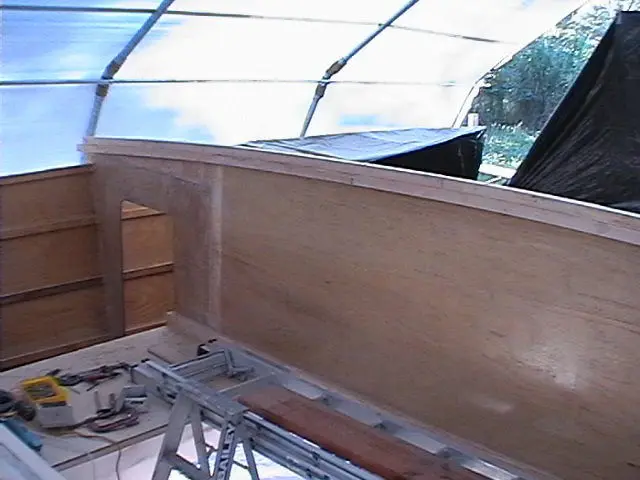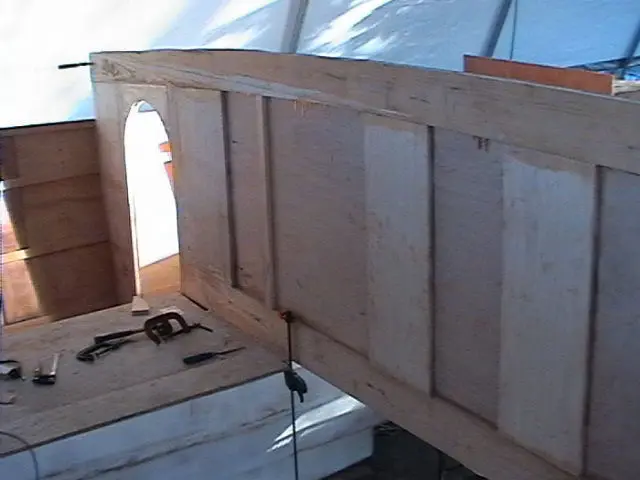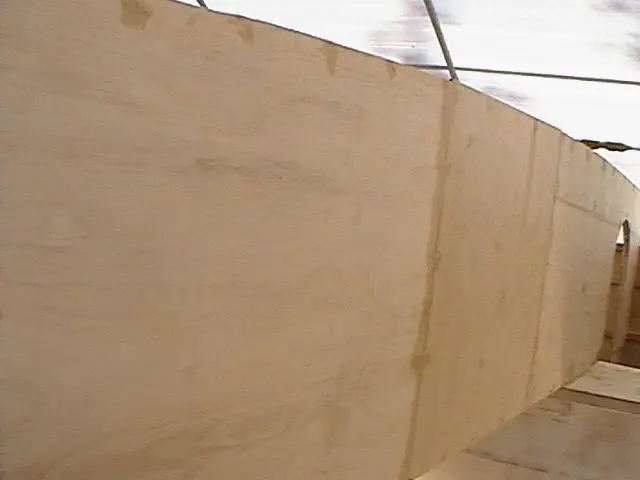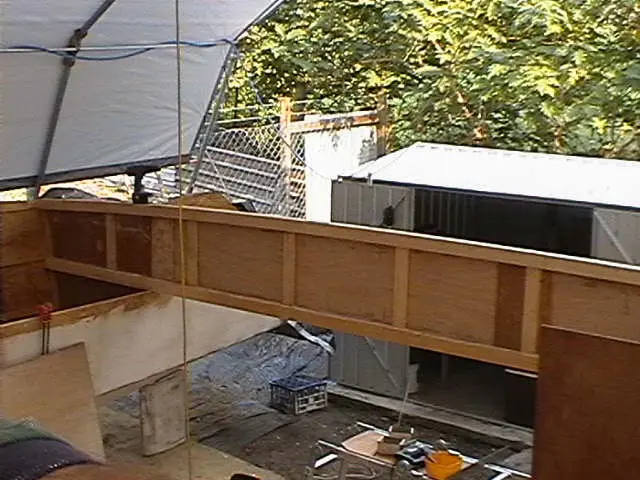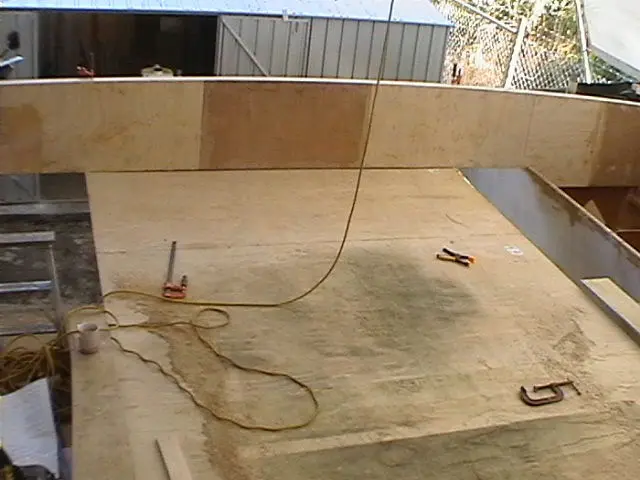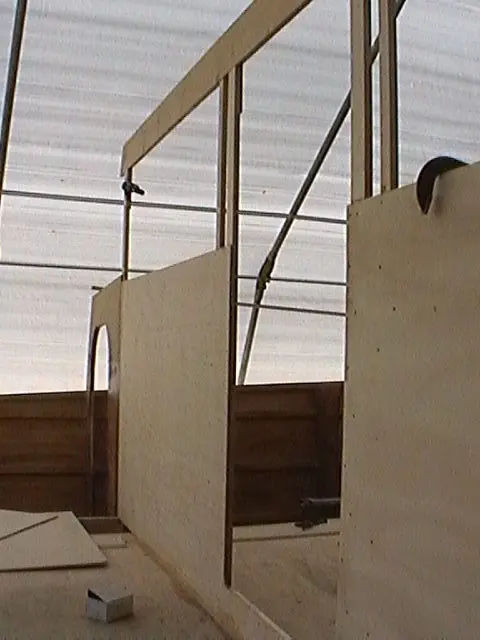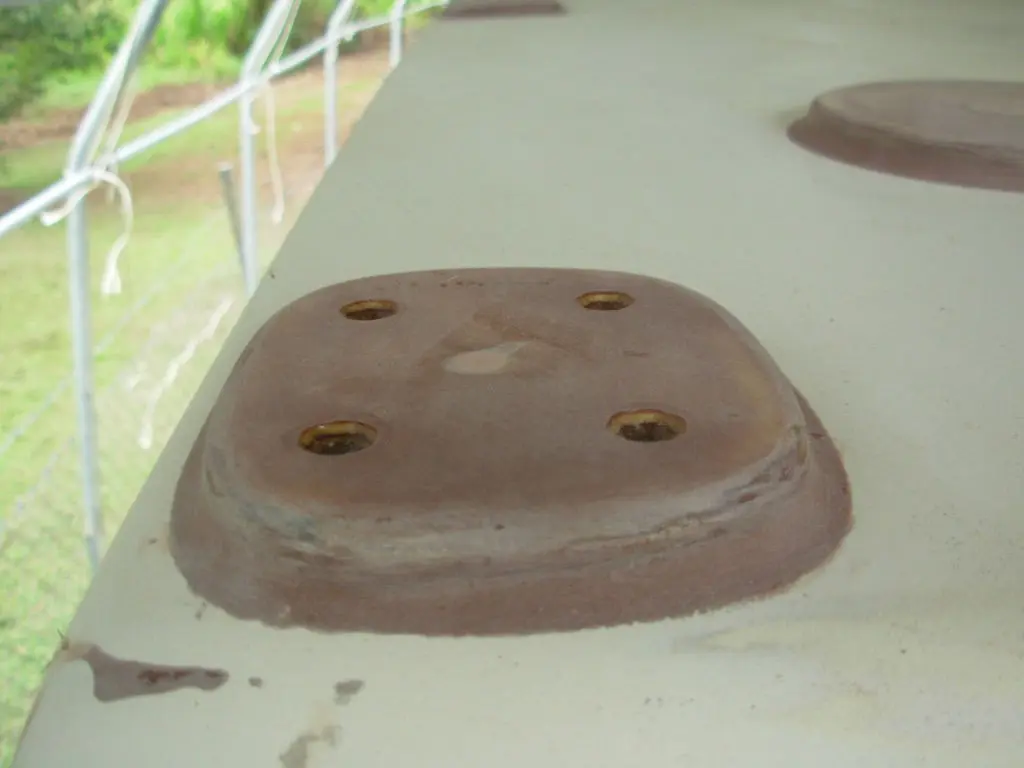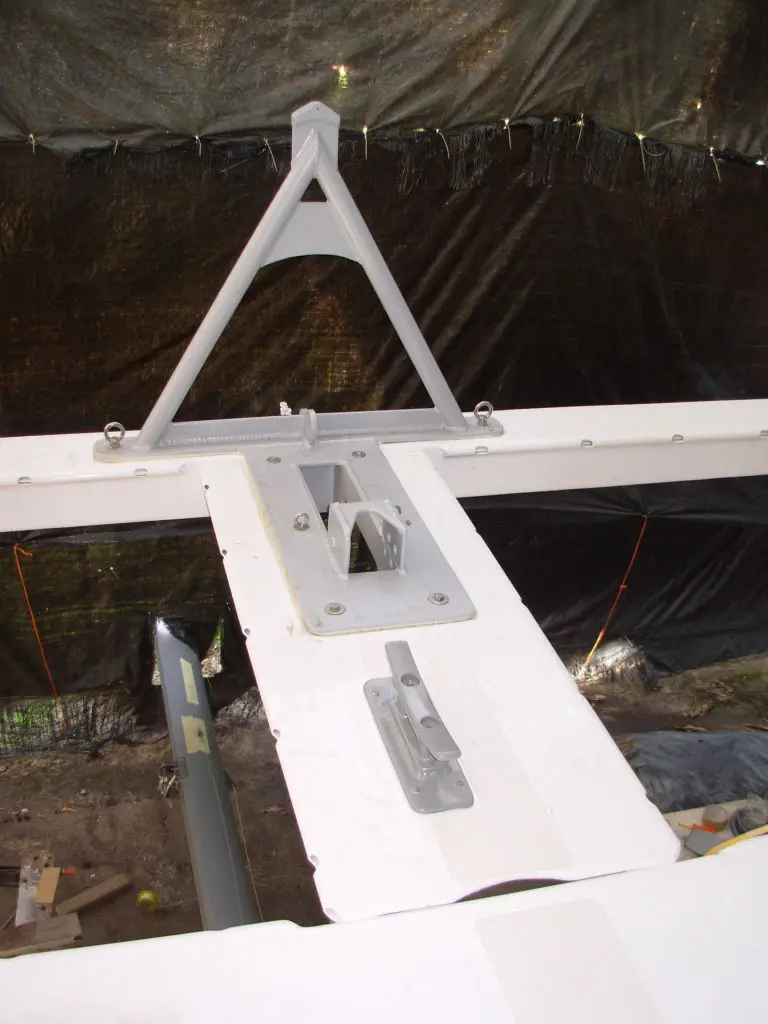Catamaran Hulls: Unite
If we wanted to be sailing within five years, we were going to need assistance during the building process and we needed to move fast and we needed to talk to someone about it. My father passed on some kind words of wisdom during this time suggesting that we locate or get someone to complete the hulls at least, which would give a huge kick-start to the whole process.
These words of wisdom come from someone who has been there and done that. Armed with this, we tracked down a pair of 10.5m hulls on the Sunshine Coast, but for one reason or another chose to go with a larger vessel.
We put this to the Snell's and low and behold, an offer was made to build the hull shells and lower bridgedeck floor for us, at a cost of course and these three components would be ready within two months.
"Two months" we muttered quietly, "No shed, no money, no tools...no idea". We did part with a cheque that day by the way.
Its not until you see Peter (some 6' 3" tall - give or take a few hairs) that you realise just how large these hulls are. What you see here is only half of the final boat height. Quite awesome.
Catamaran hulls are very cumbersome to manoeuvre. Just food for thought for those intending to go this route, transportation of these items can be very expensive and that's a story in itself for another day.
Things were moving well, so we went out and had another chat to Peter and Anne. Not to bore you here, we detail this and plenty more in our Books.
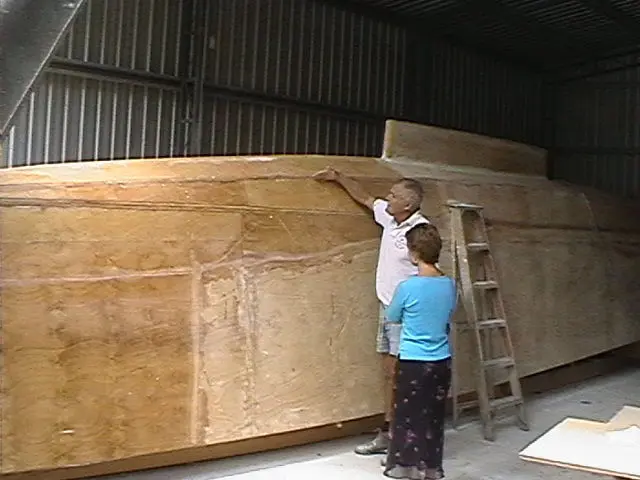
Starboard Hull designer Peter Snell
